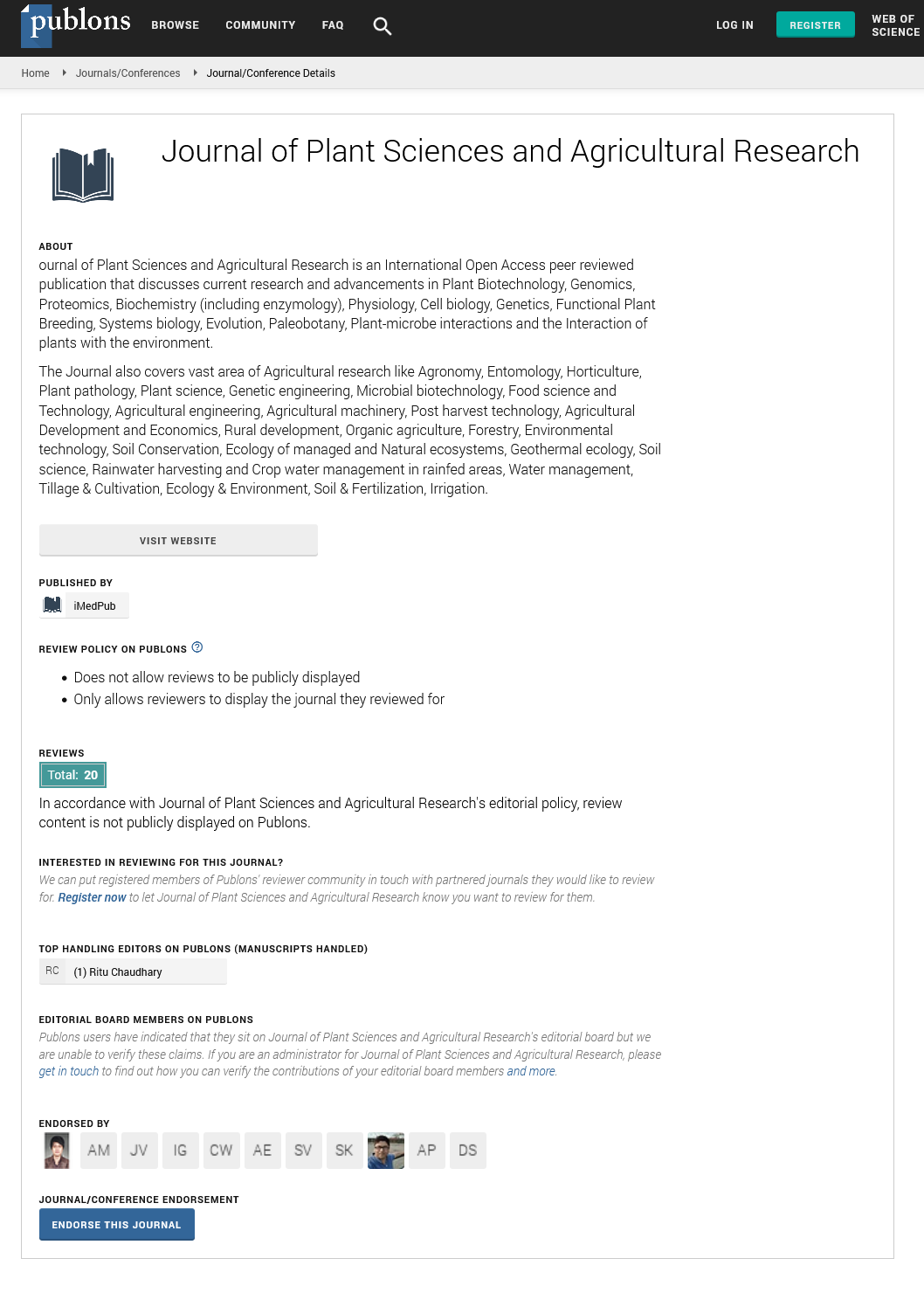Abstract
Contribution of Moringa Trees to the Production of Alley Maize Crops in Arba Minch Zuria District, Southern Ethiopia
Better understanding on the role of Moringa trees for production of alley maize has a paramount important for improving traditional agroforestry practices in southern Ethiopia. On-farm experiment was conducted in Arba Minch Zuria district to evalute the growth and leaf yield of two Moringa tree species (Moringa stenopetala and Moringa olifera), and their impact on the grain yield of alley maize. The experiment consisted of four treatments (Moringa stenopetala+maize, Moringa olifera+maize, 50% Moringa stenopetala and 50% Moringa olifera+maize and maize mono-cropping) in randomized complete block design with four replications. Growth parameters and agronomic data were collected from tree and maize respectively. Most studied tree growth parameters except height and fresh leaf biomass, the rest showed significant differences (P<0.05) among treatments. In the case of 100% intercropped M. stenopetala, maize grain yield reduction ranged from 16% in the first cropping season (2018) up to 23% in the second (2019). Reduction of maize grain yields by 100% intercropped M. olifera trees was more drastic than in the plots with M. stenopetala, ranging from 32% in the first cropping up to 48% in the second cropping season. However, yield reduction was compensated by outputs from tree products and Moringa-maize intercropping systems are financially attractive than maize mono-cropping. Therefore, in southern Ethiopia, integrating Moringa stenopetala with maize intercropping, in their farming systems is a feasible option to generate income and other benefits derived from planted Moringa trees.
Author(s): Desta Hamore1*, Getahun Yakob2, Tizazu Bushura1, Degefu Asfaw1, Asfaw Debella3 and Agena Anjulo4
Abstract | Full-Text | PDF
Share This Article
Google Scholar citation report
Citations : 135
Journal of Plant Sciences and Agricultural Research peer review process verified at publons
Abstracted/Indexed in
- Google Scholar
- Publons
- Secret Search Engine Labs
Open Access Journals
- Aquaculture & Veterinary Science
- Chemistry & Chemical Sciences
- Clinical Sciences
- Engineering
- General Science
- Genetics & Molecular Biology
- Health Care & Nursing
- Immunology & Microbiology
- Materials Science
- Mathematics & Physics
- Medical Sciences
- Neurology & Psychiatry
- Oncology & Cancer Science
- Pharmaceutical Sciences
